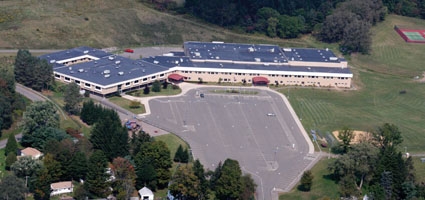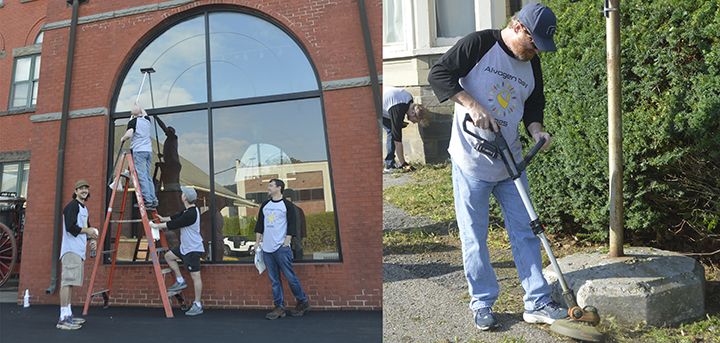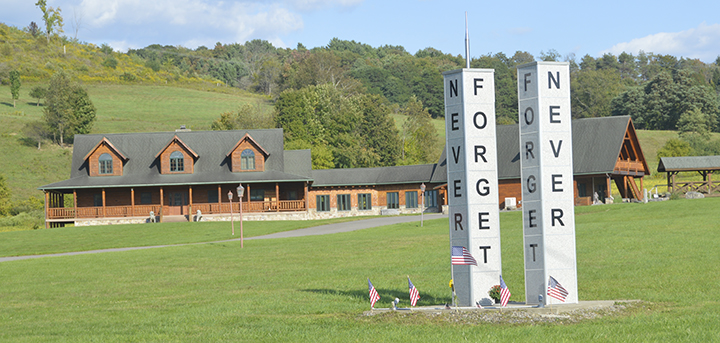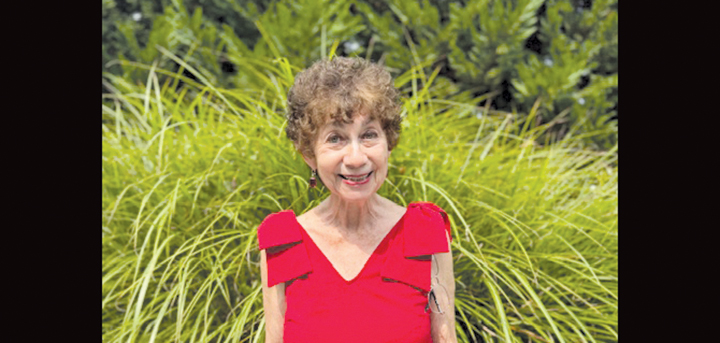Down for the count: Another option off the table for Oxford building project
OXFORD – It looks like it is back to the drawing board once more for Oxford’s facility planning committee. During a three-hour board of education workshop Monday night, the group’s proposal for a Phase II capital project which would reconfigure grades among the school system’s current buildings was shot down – not once, but twice.
The first nail in the ill-fated proposal’s coffin came from representatives from the district’s faculty and support staff, who summarized the input provided by their colleagues during two “cafe style” forums held over the last two weeks.
“The overwhelming comments were not in favor of option 2,” explained Primary/High School Librarian Margaret Fensen, who represented some of the faculty members who participated in the process.
The information gathering sessions, organized by administrators, were done at the behest of the committee following a recommendation by former Johnson City Superintendent Larry Rowe, who facilitated the group’s first two meetings.
The proposal put before them was to shift the district’s youngest students - UPK through grade 2 - to the current Middle School, and consolidating grades 3 through 12 at the Primary/High School campus. Doing so would require extensive reconstruction at each facility, and possibly some new construction in terms of additions.











Comments